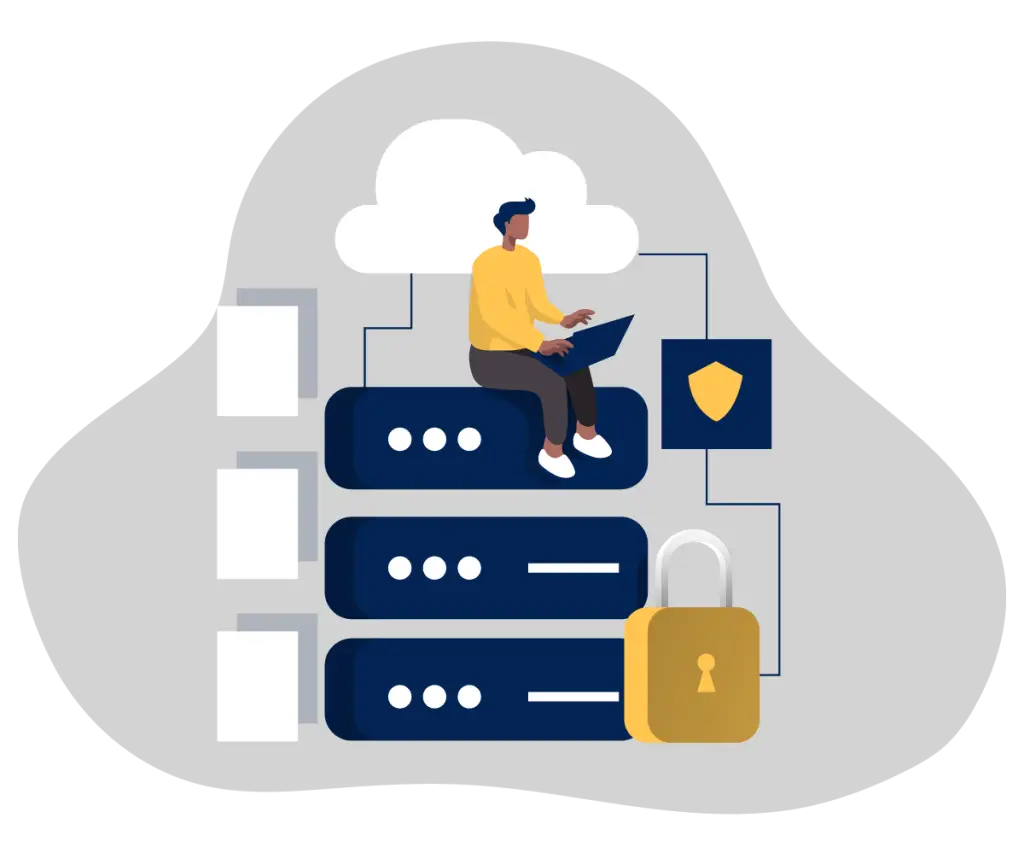Trish Dyl has dedicated her career to public service, driven by a commitment to strategic problem-solving and creating meaningful change. After twenty years as a Public Affairs leader for the Government of Ontario, Canada, Trish joined Rogers Cybersecure Catalyst, where she currently serves as Director of Skills Development and International Programs. Trish’s focus is on creating opportunities for cybersecurity training and development in Canada and abroad. She is also a champion of inclusion, dedicated to closing the cyber gender gap by designing initiatives that mentor and support women and non-binary leaders in cybersecurity.
In 2025, over 30 per cent of hospitality businesses suffered at least one cyberattack, with breaches costing upwards of $3.4 million each. Digital transformation is both an opportunity and a crisis point, which is a glaring concern in Canada’s restaurant sector. As rapid tech adoption is outpacing the safeguards that keep businesses secure, cybersecurity is becoming a critical tool for operators.
Restaurant workers once focused solely on serving customers in-person and on the phone demands. Today, there’s a new component in the mix: technology. From mobile ordering to AI-driven scheduling and QR code menus, digital tools have quickly become standard — yet they’re still relatively new. The challenge? Cyber threats are evolving just as fast. For restaurant owners, the question isn’t if they should adopt tech, it’s how to do it safely, without compromising their business.
Is the industry adopting tech too quickly?
The restaurant business needs a forward-thinking mindset as it continues to embed technology into everyday practices to enhance customer experience. On the ground, this looks like chatbot-powered customer service, predictive inventory systems, and even facial recognition loyalty programs, which are already in use. That said, comfort levels vary across the sector. Smaller, independent restaurants show more caution, often led by tighter budgets and risk aversion. Still, they are trying out cloud-based POS (Point-of-Sale) and online ordering platforms.
The industry is moving so quickly to absorb digital innovations, keep customers happy, and keep a roof over its head that it is missing the most essential step — cybersecurity. Whether it’s default passwords, outdated software, or unprotected networks, these gaps create real vulnerabilities. As technology evolves, so does the sophistication of cybercrime, and the restaurant industry is a prime target.
Digital perks and pitfalls: where restaurants are vulnerable
In the last five years, there has been a surge of transitions for the restaurant industry, the majority digital. With mobile payments, reservation platforms, and customer wi-fi now standardized in dining, the average restaurant has both a digital impact and a corresponding responsibility.
Take POS systems, for instance, which are a frequent target. They are often compromised by malware and designed to skim credit card data in real time. Reservation and ordering platforms — especially those built by third parties — can expose guest data if not properly patched and secured.
The top cyber threats keeping owners up at night
Some of the most common and costly threats in the restaurant sector include:
- Phishing and social engineering: Hackers now use AI to generate eerily convincing emails or calls, even cloning voices to impersonate managers or suppliers.
- POS malware: These silent intruders capture payment data without raising alarms.
- Unsecured wi-fi and smart devices: Printers, fridges, and even customer hotspots can provide backdoor access to networks.
- Weak or reused passwords: Weak passwords (like “123456”, “password”, or “qwerty”) are predictable and can be cracked quickly using automated tools.
- Outdated software: Failing to update platforms and apps can leave systems open to known vulnerabilities.
Your team is your firewall: why staff training matters
If you’re not a cyber professional, integrating cybersecurity can seem daunting. But the truth is, we touch the digital world in everything we do, and whether it’s creating a strong versus weak password or keeping private information stored securely, we are all affected by cybersecurity. It’s not just a tech issue; it’s a human issue, and that makes it a human responsibility.
IBM estimates that human error plays a role in 95 per cent of all security incidents. Whether it’s clicking on a phishing link or using a shared password, staff mistakes can open the door to major breaches.
But the good news is that training is effective.
Cybersecurity on a small business budget
For small and mid-sized operators, cybersecurity might feel like a luxury. But it doesn’t have to be expensive to be effective. Some budget-friendly steps include:
- Using cloud-based POS platforms with built-in encryption
- Conducting basic annual risk assessments
- Enabling multi-factor authentication for all users
- Backing up key data regularly, ideally offsite or in the cloud
- Using secure, guest-only wi-fi with network segmentation
Think ahead, stay secure
Technology gives the restaurant industry an edge, but unless paired with cybersecurity it can be the downfall of a business. Restaurants that invest in proactive measures like regular audits, backup systems, and staff training mitigate and prevent cybersecurity incidents significantly.
If there’s one takeaway for operators, it’s this: while your next menu rotation, food order, or payroll may feel like it is the most pressing thing on your list, cybersecurity trumps it. Because without cybersecurity, every process in your organization is at risk.
Small interventions — like multi-factor authentication and regular audits — can create lasting protections. The tools are available. What’s needed is leadership from within the industry. For Canada’s restaurants to thrive in a digital economy, cybersecurity must move from the back burner to the main course.







